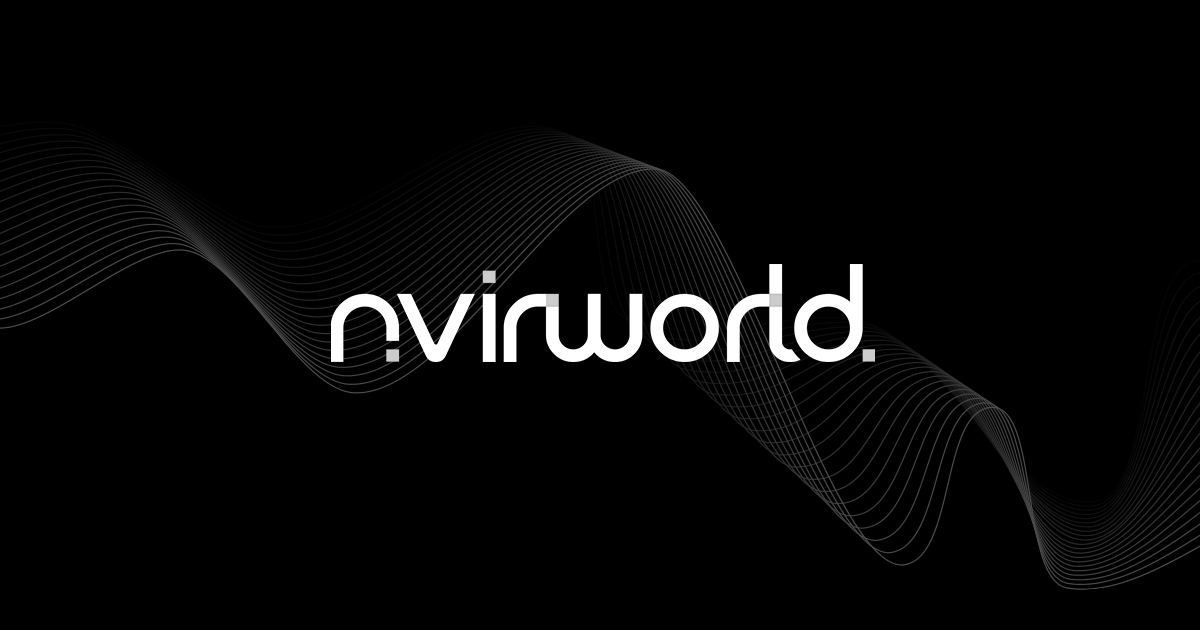One. Project Introduction
Sui is the world’s first permissionless high-performance public chain with POS consensus built by the Mysten Labs team. Most of the core team members have served in the Diem blockchain development of Meta (former Facebook). However, instead of continuing the foundation of Diem, Sui chose to develop from scratch, focusing more on security, scalability, and upgradeability, aiming to build a high-throughput, low-latency, and asset-oriented programming model. The next-generation smart contract platform provides a more user-friendly experience for Web3 users.
Developers of Sui use Sui Move to write smart contracts, and Sui Move is developed based on Move, which solves the embedding and description problems on Move. According to the white paper, Move is an open-source Rust-based programming language tailored by Meta (former Facebook) for the Diem blockchain for customizable transaction logic and smart contracts.
The origins of Move largely stem from known issues in existing blockchain programming languages, such as Solidity, which have security and verifiability issues. Any asset in Move can be represented or stored in a resource, and scarcity is enforced by default because structures cannot be replicated.
Most of the development teams of Sui and Aptos are from the original Facebook. The two have the same background, have much of the same capital, and have made their own project progress based on Diem, so the market often compares them.
Sui and Aptos are still very different in terms of programming languages. While both use their respective variants of the Move programming language for parallel execution, Sui’s object model differs slightly from Aptos. Sui upgraded Sui Move based on Move, and clearly shows an object’s ownership, sharing, or mutability and immutability, while Aptos does not.
Sui VS Aptos
Core Features of Sui performance
Scale
For most existing blockchains, transactions are put into blocks and executed in chronological order, regardless of the additional gas fee increase. Given that most transactions are independent of each other and will not compete with other transactions for the same resources, the consensus calculation of the entire network causes a certain waste and inevitably limits the transaction speed on chain.
Unlike other blockchains, Sui uses a dual consensus model: Narwhal & Bullshark protocol and Byzantine Consensus Broadcast (BCB). Among them, Narwhal is a mempool protocol, and Bullshark is a consensus protocol that integrates effectively with Narwhal to achieve consensus.
For completely independent transactions, such as simple transfers between accounts, Sui uses the Byzantine Consensus Broadcast (BCB) protocol. Transactions can be submitted without network-wide consensus, and transactions can be made almost instantly. For transactions with causal relationship, such as transactions in DEX and NFT, they are more dependent on time sequence. Sui executes using the Narwhal & Bullshark protocol (~2 seconds delay), sorting them into batches, processing them in sequence, and executing each batch in parallel.
On Sui, each group of transactions is processed in parallel, and Sui can do sharding scale through the internal validator, allowing more validators to process more transactions, greatly improving the ability to scale horizontally. According to the team, Sui’s TPS is theoretically “unlimited.” In a recent Devnet test, a single node running on an 8-core Macbook Pro processed 120,000 transactions per second.
The ability to partially replay
Blockchain provides a history of all transactions, which is helpful for checking past information. However, if a product needs some on-chain data, which can be very expensive to read, Sui’s architecture allows these projects to directly read the data they need.
On-chain storage
All kinds of asset data, such as the game’s race, level, experience, etc., can be stored in Sui objects. Sui can use traditional methods to scale on-chain storage, and it is now much cheaper to update on-chain assets.
In terms of ecological progress, although Sui Testnet has not yet been launched, nearly 100 ecological projects have been developed on the Sui chain, covering wallets, DeFi, NFT MarketPlace, chain games, etc.
Two. Economic model
The total circulation of SUI is 10,000,000, which will be allocated to the founding team, investors, public sale, Sui foundation, and release in the future. The Token distribution time will be announced in the next few weeks and will be updated and improved.
Three. Investment institutions & core team
According to the official website news, Sui has completed more than 236 million US dollars in financing, and investment institutions include a16z, FTX Ventures, NFX, Scribble Ventures, Redpoint, Lightspeed Venture Partners, Electric Capital, Slow Ventures, Standard Crypto, Coinbase Ventures, etc.
Core team members:
Data source:https://mystenlabs.com/#community
Founders include CEO Evan Cheng, CTOs include former Novi Chief Engineer Adeniyi Abiodun, former Novi Research and Development Director Sam Blackshear, former Novi Product Head George Danezis, Kostas Kryptos, all of whom have participated in Novi and Diem projects at Meta . These scientists and engineers are the key souls behind many of Meta’s innovations, including the Move programming language and the Narwhal/Tusk mempool and BFT consensus now being implemented on other blockchains.
Four. Relevant Links
Website:https://sui.io/
Twitter:https://twitter.com/SuiNetwork
Discord:https://discord.com/invite/sui
Docs:https://docs.sui.io/
Medium:https://medium.com/mysten-labs
Github:https://github.com/MystenLabs
Whitepaper:https://github.com/MystenLabs/sui/blob/main/doc/paper/sui.pdf
Five. The practical value analysis of Token
SUI practical scenarios:
1. Stake:
Token utility: SUI can be staked for a period to participate in the proof-of-stake mechanism.
2. Payment: Gas fee payment can be used to execute and store transactions or other operations on the Sui platform.
3. Assets: SUI can be used as general liquid assets and more complex functions for various applications in the ecosystem.
4. Governance: SUI can play an important role in governance as the right to vote on the chain to participate in issues such as protocol upgrades.
Sui and Aptos are currently the hottest Layer 1 twin stars and have high expectations from the market. Compared with Sui, Aptos has the first-mover advantage and already has a certain ecology. Considering that the construction process of the public chain ecology is relatively long, and the Sui Move language is an emerging contract language, compared with Solidity, there are large differences in learning costs, security, auditing, development tools, and contract components. In addition, for project developers or hackers, the Move programming language is a new field, which may increase the possibility of being hacked. It is also a security risk that cannot be ignored. These need to be tested by the market and time.
Note: This article is written by MEXC community users for information sharing only and does not constitute investment advice.
Join MEXC and Get up to $10,000 Bonus!



